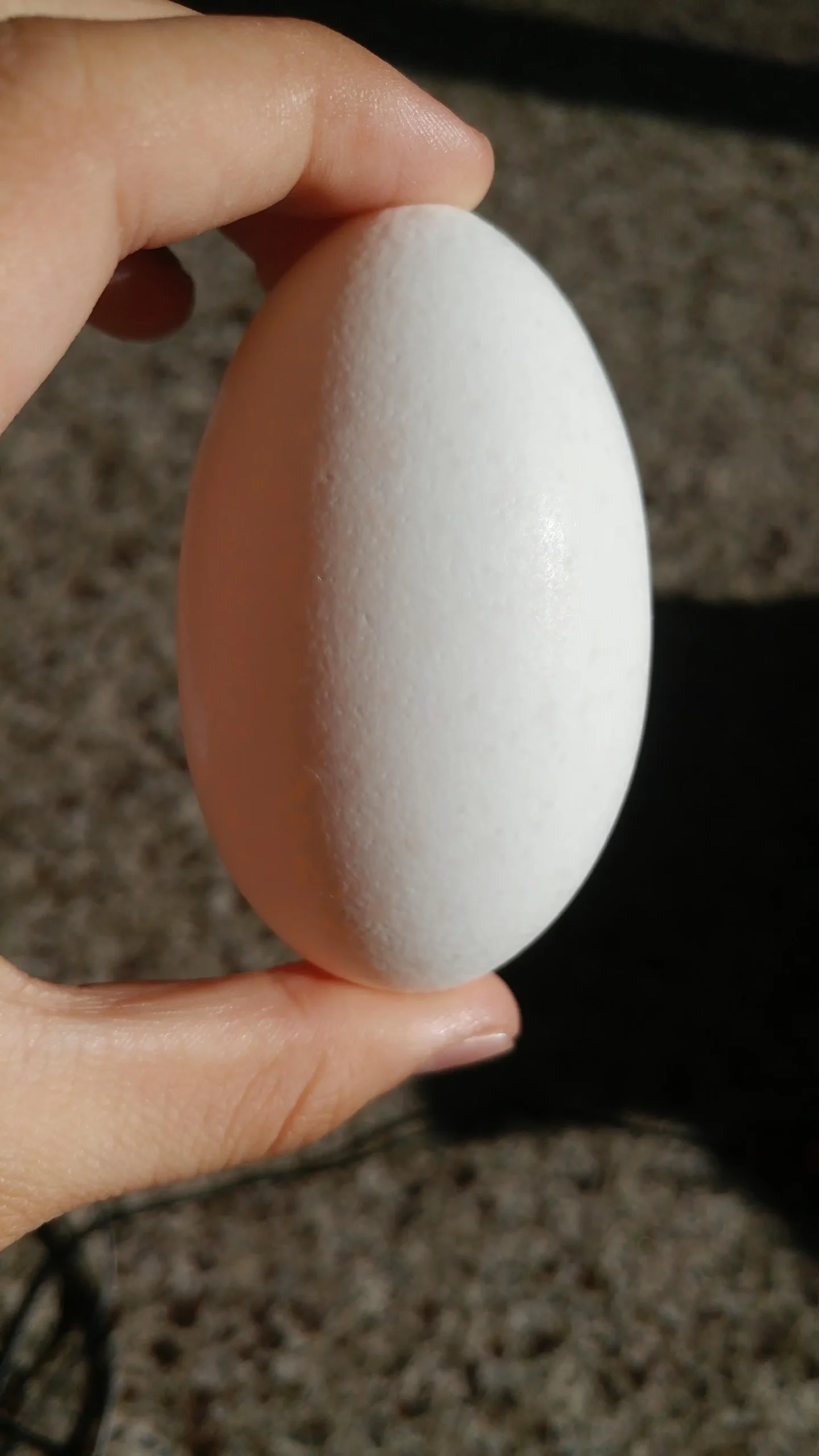Have you ever wondered why eggs are shaped the way they are? Whether it’s a hen’s egg you find in your kitchen or the delicate eggs you spot in a bird’s nest, their shape isn’t just random; it’s a marvel of nature’s design. Let’s delve into the intriguing science behind why eggs are egg-shaped!
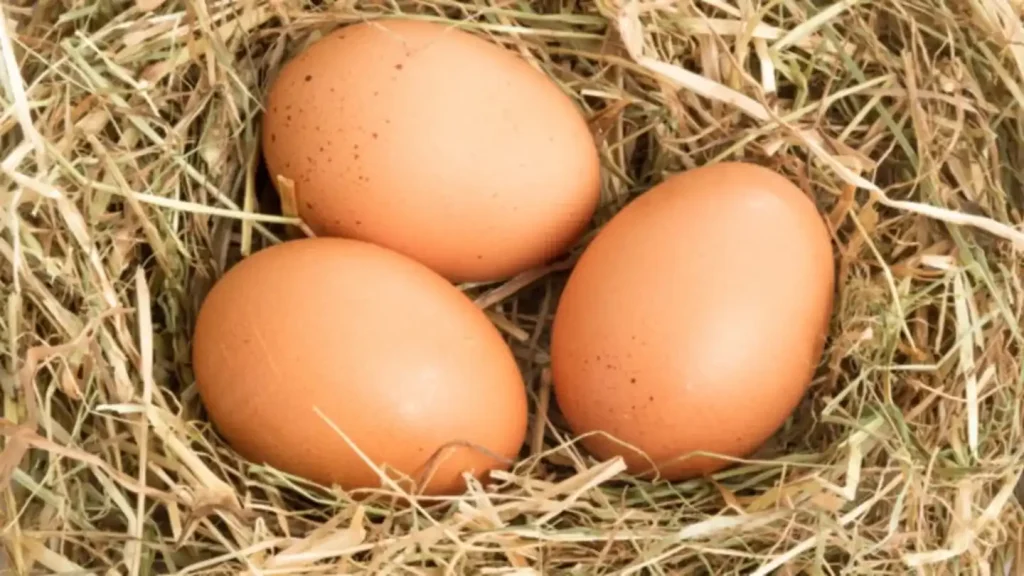
The Shape of Flight
One of the primary reasons for the egg’s unique shape lies in the lifestyle of the animals that lay them. Take birds, for example. Birds are incredible creatures with the remarkable ability to fly. But flight comes with its challenges, especially when it comes to reproduction.

Birds need to keep their eggs safe while nesting, and their egg’s shape plays a crucial role in this. The egg’s distinctive tapered shape prevents it from rolling out of the nest. Imagine if eggs were perfectly round like a ball – they’d easily roll away, putting the precious contents at risk. So, nature-crafted eggs have a shape that keeps them snugly in place.
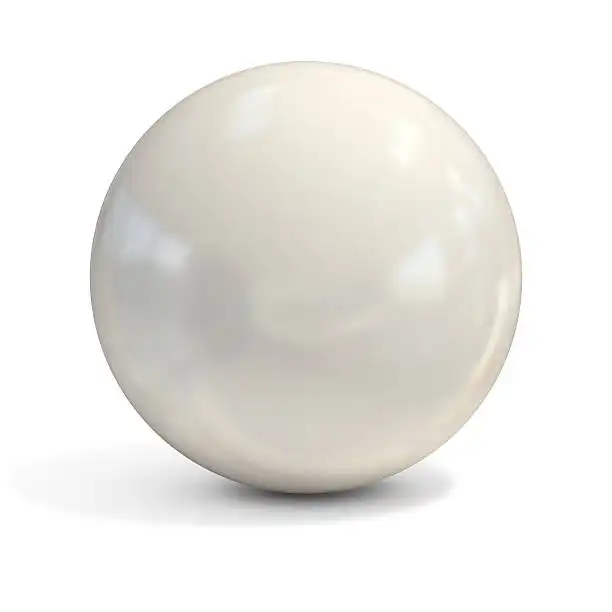
Why Tapered?
But why are eggs tapered and not shaped differently? Scientists believe that this design is a result of evolution. Over millions of years, birds that laid eggs with a tapered shape had a better chance of survival. Their eggs were less likely to roll away or get damaged, increasing the chances of their offspring hatching successfully.
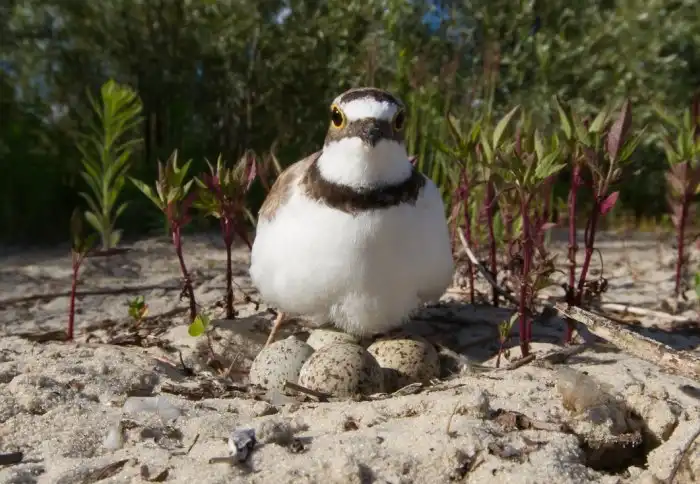
Structural Strength
Another fascinating aspect of the egg’s shape is its structural strength. The curved shape of the egg distributes weight evenly, making it stronger and more resilient. This is important for birds, as their eggs need to withstand the weight of the parent sitting on them during incubation.
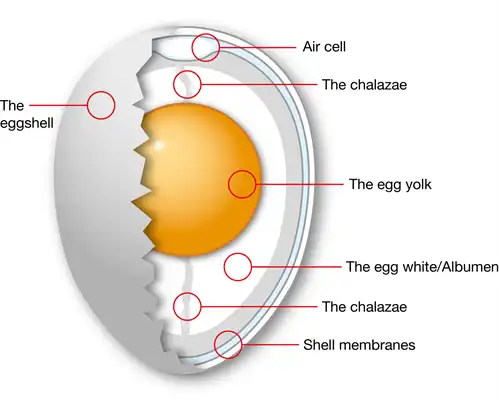
Versatility of Design
While birds predominantly lay eggs with a tapered shape, there are exceptions. Some birds, like owls, lay spherical eggs. These exceptions demonstrate the versatility of nature’s design. Different species have evolved unique adaptations to suit their environments and lifestyles.
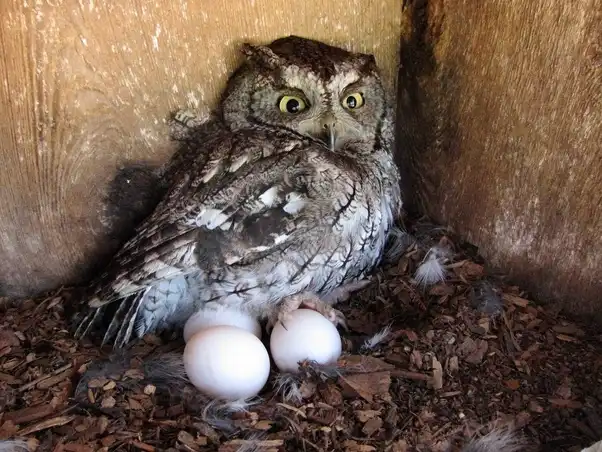
Beyond Birds
It’s not just birds that lay eggs with this unique shape; many other animals, including reptiles and some fish, also produce eggs that are tapered or oval-shaped. Each species’ egg is tailored to its specific needs and environment, showcasing the incredible diversity of life on our planet.
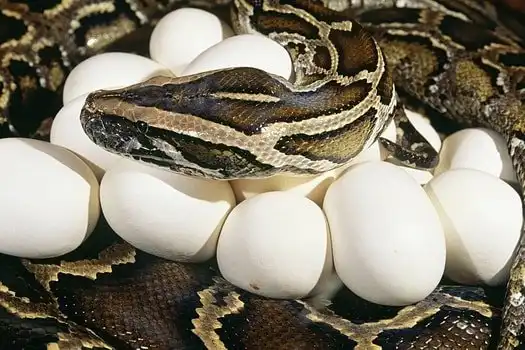
Exploring Further
If you’re curious to learn more about the science behind egg shapes, there are plenty of resources available. From scientific articles to fun experiments, there’s a wealth of information waiting to be discovered.
So, the next time you come across an egg – whether it’s in your kitchen or out in nature – take a moment to marvel at its unique shape. It’s a testament to the wonders of evolution and the incredible ways in which nature adapts to solve life’s challenges.

For more interesting articles, please visit www.kidzherald.com

